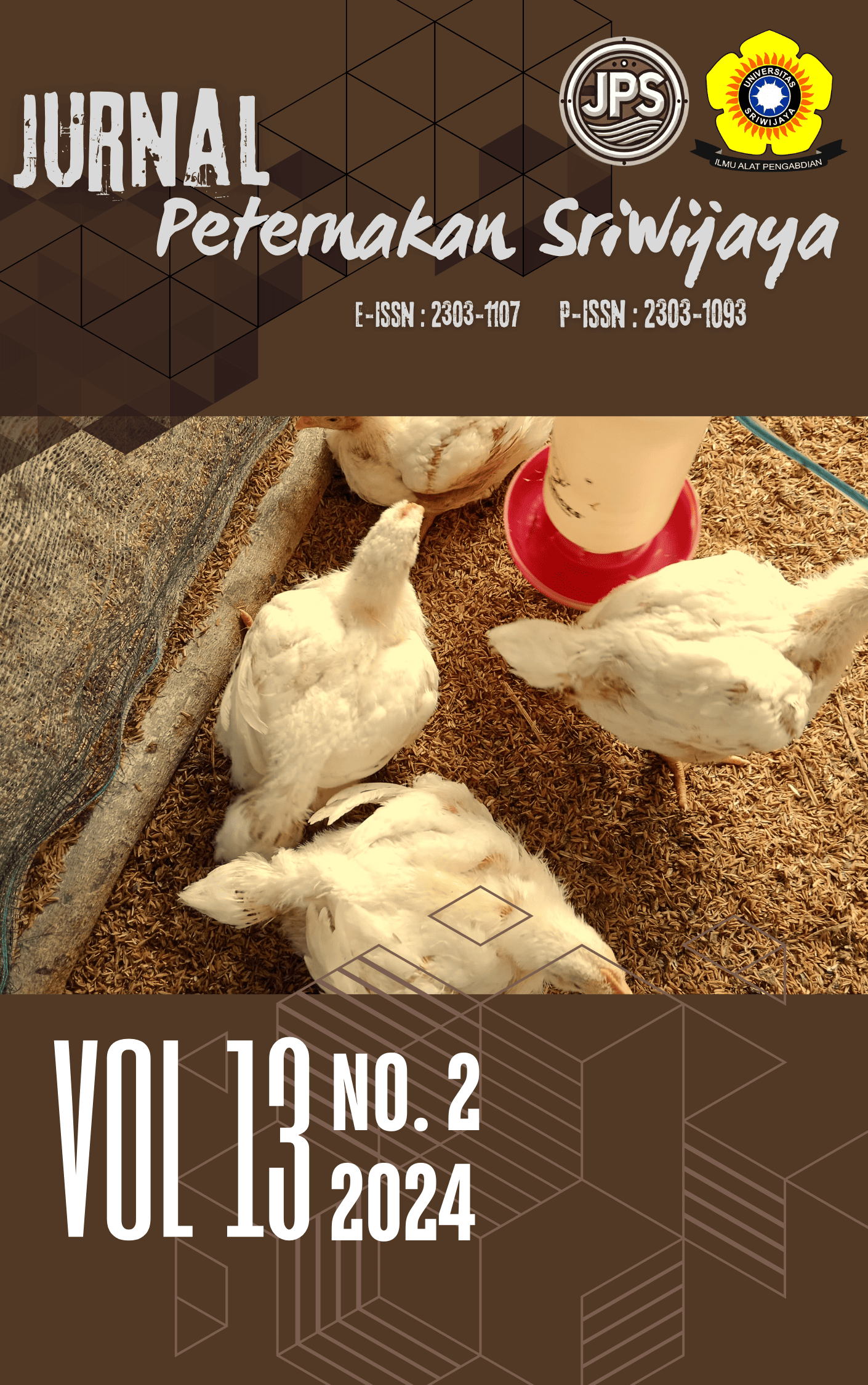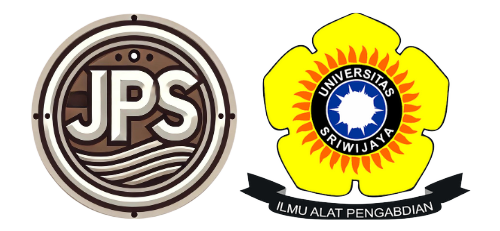Manfaat Serangga sebagai Pakan Ternak Ruminansia dan Pengaruhnya terhadap Lingkungan: Ulasan
Benefits of Insects as Feed for Ruminant Livestock and Their Impact on the Environment: A Review
Keywords:
Larvae, Insect, Protein, Animal FeedAbstract
History shows that insects have been known and used as a food source for humans in various continents, such as Asia, South America, Africa, and Europe. Around 2000 species of insects have become human consumption around 113 countries in the world. However, the rapid development of the livestock population has increased the demand for livestock protein and forced scientists and the livestock industry to look for new protein sources. Conventional protein sources such as fish and grain by-products such as coconut and soybean meal are increasingly expensive, increasing production costs. Various studies have resulted in discovering several types of insect larvae or slugs, worms, and manure which have potential as protein sources. These alternative protein sources can be used as animal feed for poultry, fish, pigs, pets, and ruminants. However, further research is still needed to determine the negative or positive impacts arising from the use of these insects. This brief review is intended to review insects as an alternative animal feed and environmental safety in the livestock industry.









